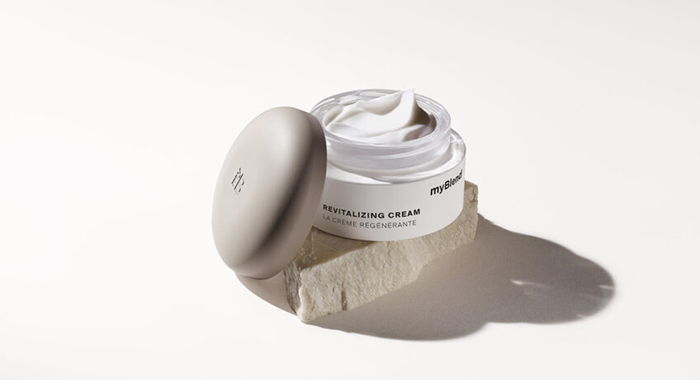[noun] Naturally present in the skin, ceramides make up 50% of the intercellular lipids in the stratum corneum, the outermost layer of the epidermis. The lamellar structure of ceramides means they can act as a kind of “cement” between the skin cells to limit moisture loss and therefore strengthen or restore the skin barrier, which can become weaker with age, exposure to external damage, and skin disorders (dryness, winter weather, atopic dermatitis).
As they account for most essential lipids in the epidermis – along with cholesterol and fatty acids – ceramides work like “intercellular cement”. Their lamellar structure allows them to support the “bricks” in the stratum corneum known as corneocytes, and as a result, protects the skin against moisture loss and external aggression.
With age, exposure to winter weather or skin concerns such as atopic dermatitis, fewer ceramides are produced in the skin. This changes its barrier function and leaves it drier, more sensitive and prone to reactions. Ceramides are therefore a precious ally when it comes to protecting and regenerating the skin.
The skin is repaired, durably nourished and protected against dehydration and dryness. It feels more comfortable and less sensitive.
Our ceramides have a biomimetic action. They work in the same way as the skin’s own ceramides and rebalance the level of lipids in the stratum corneum to strengthen the skin barrier.

